Adding Insult to Injury
The site of the 7.1 magnitude quake was ~40km north of the Fukushima Daiichi Nuclear Power Plant, the site of the March 11, 2011 earthquake and Tsunami that caused a nuclear meltdown and radioactive particle release. The issue at the Renesas Naki plant was a short power outage, and while the equipment was restarted, it is expected that full production capacity will take at least a week to be restored. This particular fab is the company’s only 12” wafer fab and 28nm process node, which we believe has been focused on automotive semiconductor production, which has been one of the areas that has faced the most constraints in the foundry space.
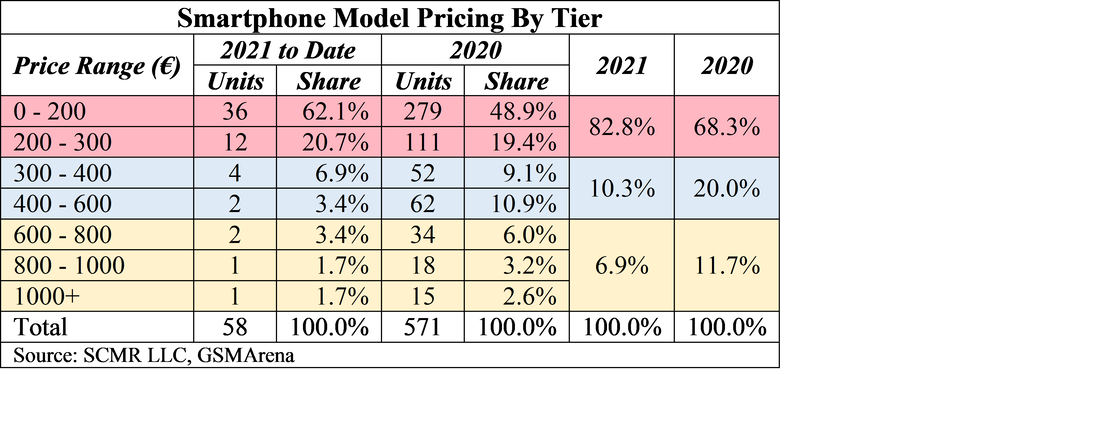
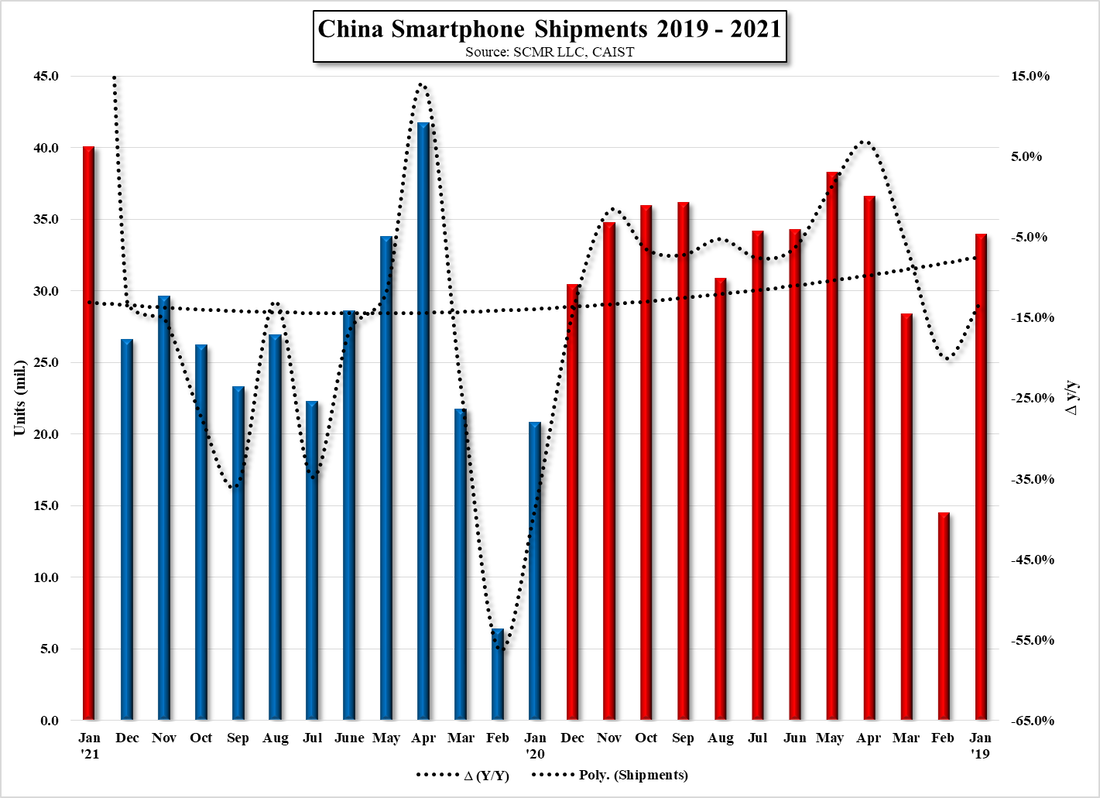
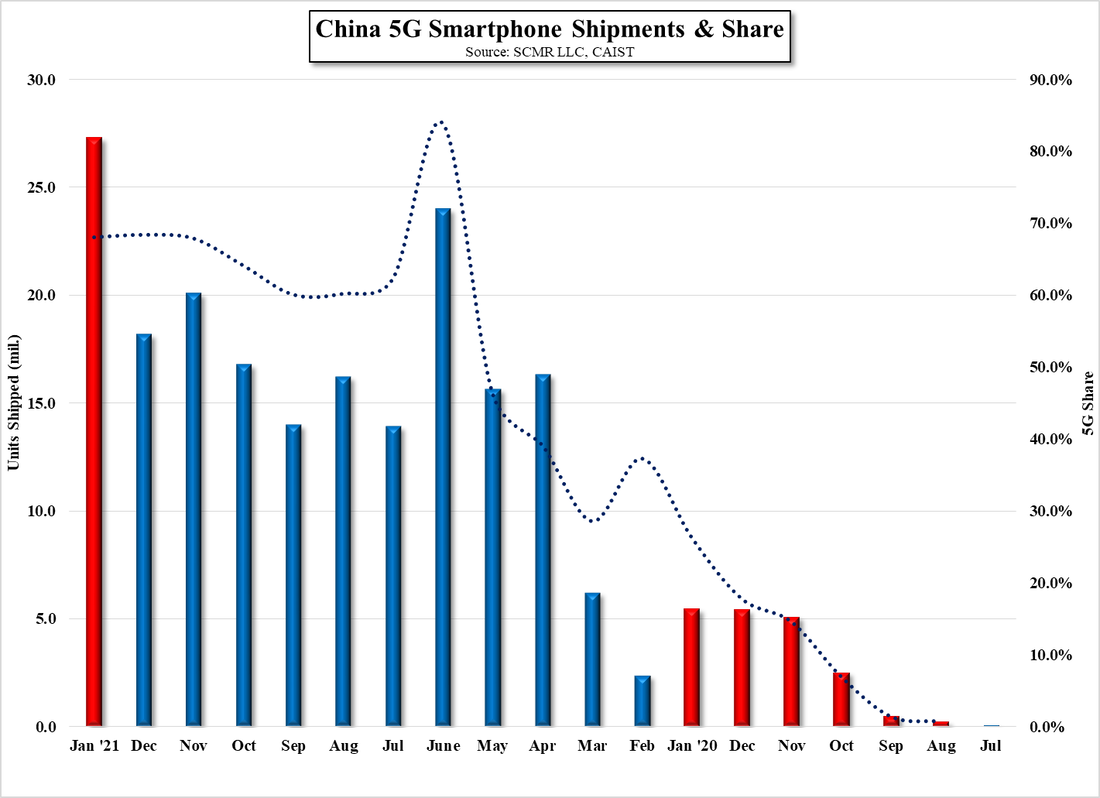
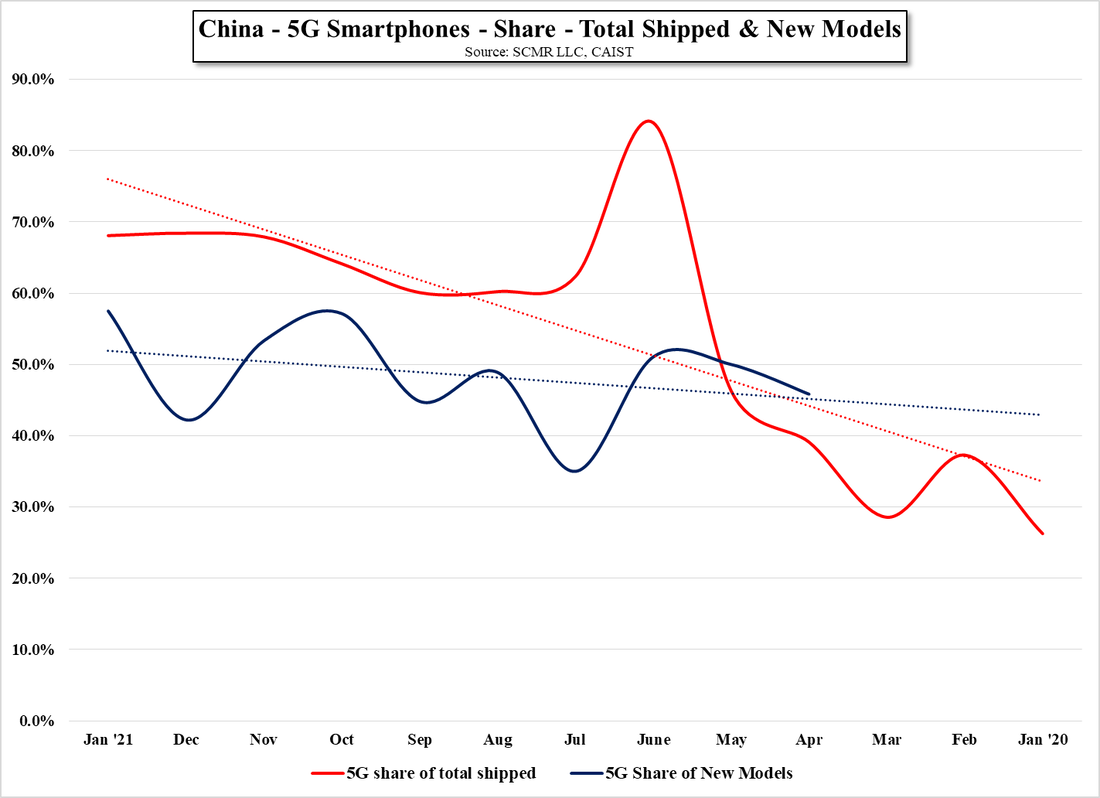
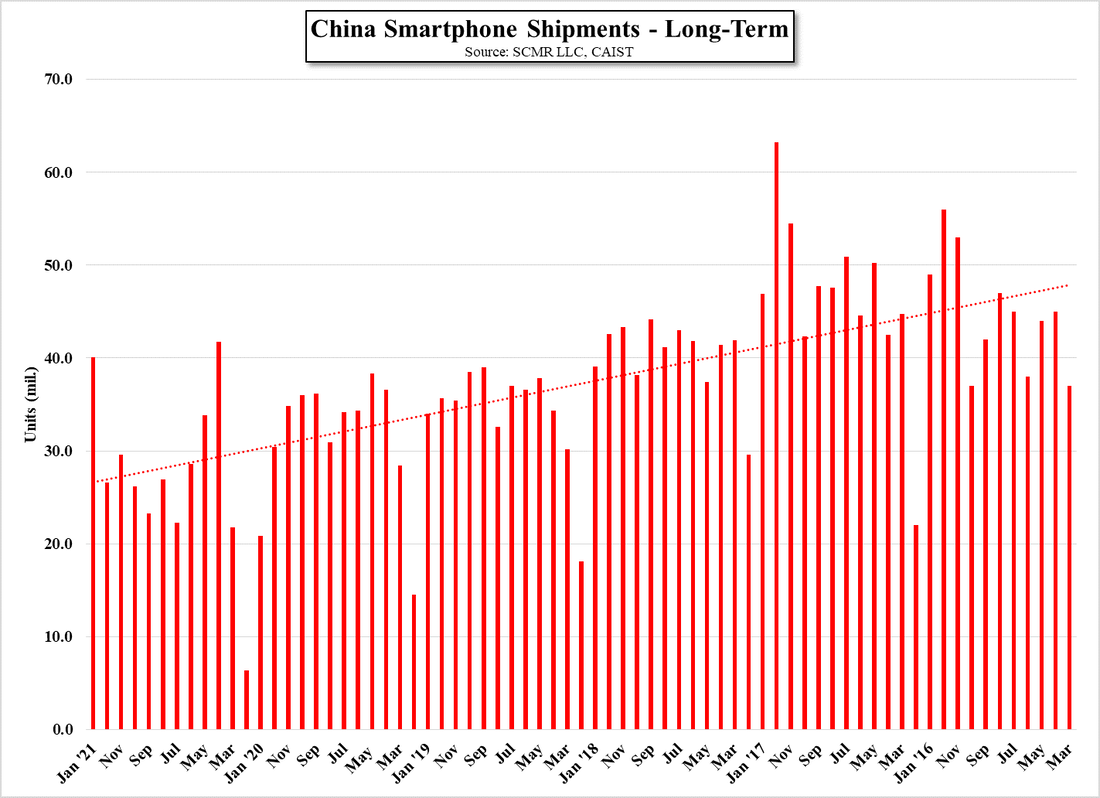



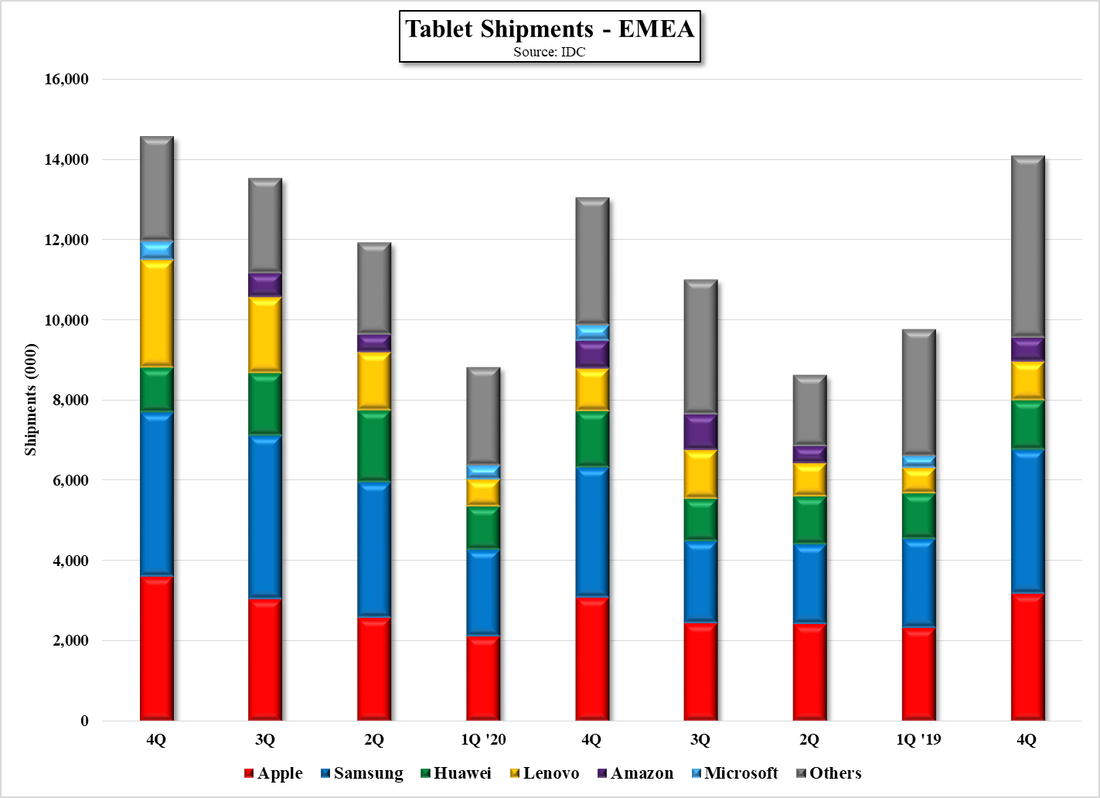

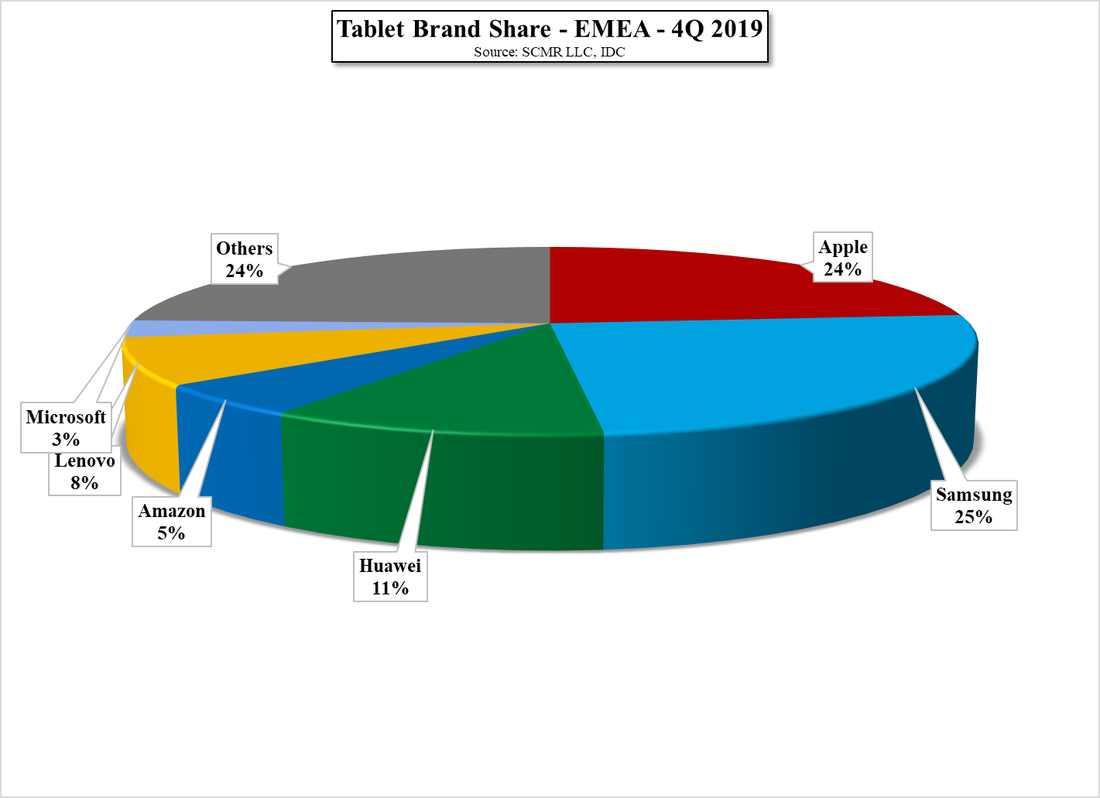

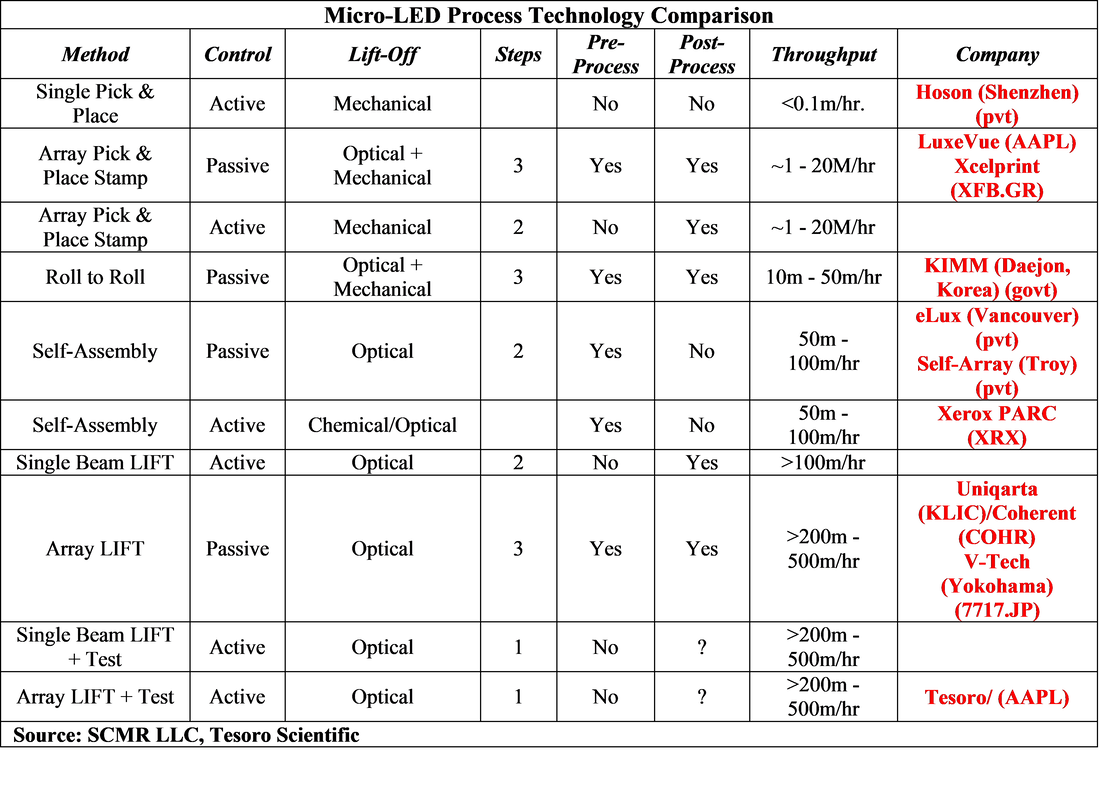
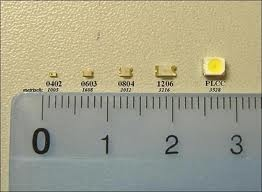

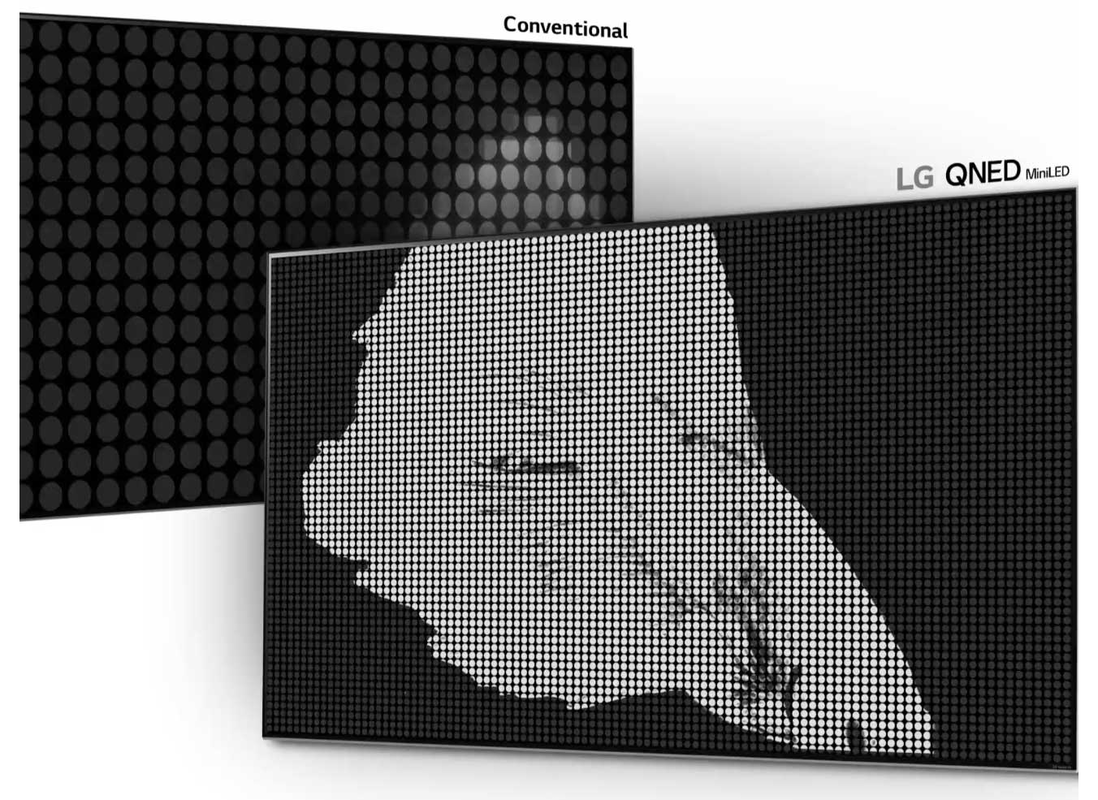
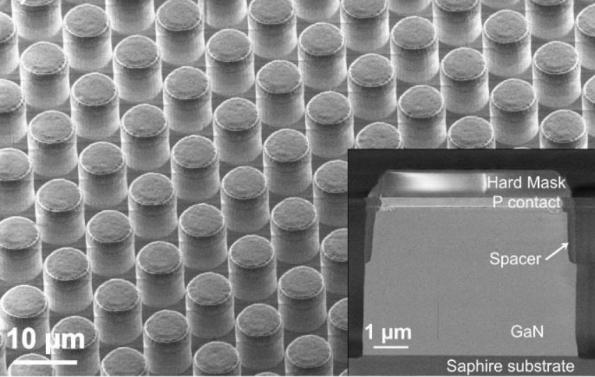
 RSS Feed
RSS Feed